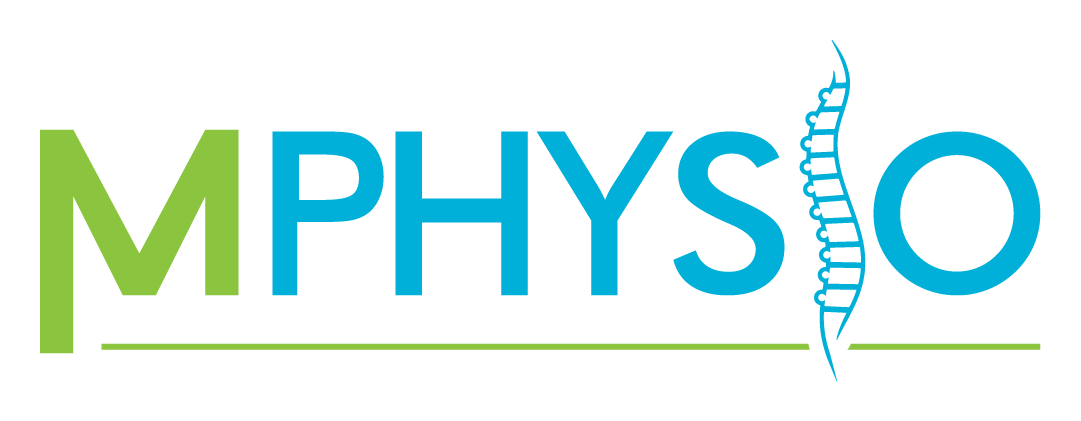What is Injury Rehabilitation?
Injury rehabilitation is an important step in the process of healing from injury. Physiotherapy rehabilitation focuses on physical therapy and specific exercises to address injured areas, restore function and improve mobility after surgery or other trauma. This typically leads to decreased pain levels as well greater improvements in function and more successful long-term outcomes.
What’s are the steps?
The first step in any physio rehab program is acknowledging that there is a problem. This should not be taken lightly! So often, people live their lives with pain or dysfunction. They either feel like there is no answer for them, or they may even feel like it’s normal!
The second step of rehabilitation is to visit your physiotherapist and get assessed. The physiotherapy assessment gives you the opportunity to find out more about your condition. Typically, a full or half body assessment is performed to find out every little detail about your condition, which leads to better outcomes from treatment.
The third step
Once assessed, the third step will be to start the treatment. Physiotherapy treatments may include:

- Manual therapy, such as massage and joint mobilisation to reduce pain or stiffness, or increase range of motion
- Exercise to strengthen the affected area and to retrain biomechanics (the movement of your body) in order to recruit muscle well
- Acupuncture/dry needling to relax muscles, stimulate nerve input and stimulate healing
- Taping to support you while you are going through the recovery phase of your condition, or to facilitate or inhibit specific movements
- Stretching to improve your range of movement
- Clinical Pilates to improve core strength and may be used to train the entire body
- Balance training to improve stability through the body and specifically the joint
These are just some examples of physiotherapy treatments, which may be used to best suit your needs and to achieve your goals. Be sure to let your physiotherapist know about any other conditions so that they can recommend treatment options that are specific to your condition, taking into account any other health concerns.
Physiotherapy can help with pain management
Physiotherapy can help in pain management by addressing the root cause of your pain. Physiotherapy may help to improve pain through postural analysis, and subsequent correction, strengthening, manual therapy, acupuncture, massage etc. as mentioned above.
Physiotherapy can help you to move and function better. This may enable you to do tasks that might have been difficult before physiotherapy such as dressing or bathing yourself, performing household chores, working and other activities of daily living.
You should speak with your physiotherapist about whether physiotherapy is the right treatment for you. All physiotherapists are different, so a new clinician may offer a different perspective, or treatment techniques that others haven’t tried yet!
Physiotherapy treatment may also be covered by private health insurance if you have ‘extras’ coverage – and it is an excellent option for people suffering from acute or chronic pain, who don’t want medication to be a large part of their daily lives.
Things I Need To Know About Injury Rehabilitation
Can you help with my WorkCover Claim Injury Rehabilitation?
Yes, provided you have an active medical certificate, and your case is opened through WorkCover QLD, we can help. You’ll need to provide us with your WorkCover QLD claim number, so we can liaise with them directly on your behalf, making it easier for you to receive treatment. Remember, we work for you, to help you, not for WorkCover. You will also need to provide us with your doctor’s details so we can liaise with them.
Can you help with my Motor Vehicle Accident through my Compulsory Third Party (CTP) insurance claim?
Yes, provided the claim has been opened and accepted by the insurance company, we can help. You’ll need to provide us with your claim number and insurance company details, your lawyer’s details and your doctor’s details. If the claim has been accepted, typically we can get you in for an assessment quickly, to determine the extent of your injuries so that you can get the treatment you require to get you as close to 100% of your preinjury condition as possible.
I've just had surgery, can you help?
Typically, yes. Depending on the surgery, physiotherapists are usually in a great position to assist you in returning to your normal life and beyond post-surgery
Yes, provided the claim has been opened and accepted by the insurance company, we can help. You’ll need to provide us with your claim number and insurance company details, your lawyer’s details and your doctor’s details. If the claim has been accepted, typically we can get you in for an assessment quickly, to determine the extent of your injuries so that you can get the treatment you require to get you as close to 100% of your preinjury condition as possible.
. If the surgery is of a musculoskeletal nature, physios can work with you to restore function and reduce pain to get you back to your old self as quickly as possible.
What treatment can you perform during my injury rehabilitation?
Depending on your condition, physios have a lot of tools at their disposal. Some of those tools include things like joint mobilisation, trigger pointing, massage, acupuncture/dry needling, exercise, and stretching, as well as prescribing you with self-management strategies like home exercise. The type of treatment will depend on your specific condition.

